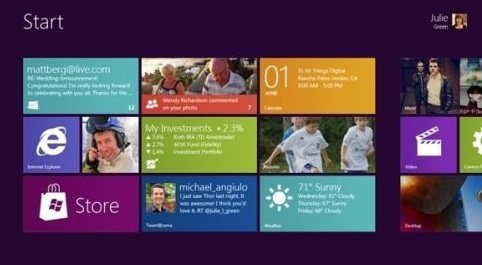Here are the hardware requirements for Windows 8.
We recently published articles about How to Install Windows 8 on VMware, and How to Install Windows 8 from Flash Drive. We received comments from some users that their m/c does not seems to be supporting Windows 8. So, we thought we’ll detail the hardware requirements for Windows 8, so that you can judge whether you PC will support Windows 8 or not.
It had been a trend in Windows history that, a new version of windows always demanded greater hardware capabilities than its predecessor . For example Windows XP required greater RAM and Hard Disk space as compared to Windows 98. Similarly, Windows Vista or Windows 7 had greater storage and processor requirements than Windows XP.
But with the launch of Windows 8, it seems that Microsoft put a halt on this tradition. Yes, you got it right. Windows 8 works on the same hardware that powers Windows 7. In fact, Windows 8 also works fine on the systems that support Windows Vista.
As per Microsoft, following are the minimum hardware requirements for Windows 8 to run smoothly:
- A processor of at least 1 gigahertz (GHz) for both 64 bit (x64) as well as 32 bit (x86) configurations.
- A minimum of 1 GB RAM for a 32 bit configuration & a minimum of 2 GB RAM for a 64 bit configuration.
- Just like other requirements, hard disk requirements for Windows 8 are modest too. A 32 bit PC requires at least 16 GB of available hard disk space where as a 64 bit PC requires at least 20 GB of available hard disk space.
- As far as graphics requirements are concerned, it requires a Direct X 9.0 graphic device with a at least WDDM 1.0.
- Windows 8 is optimized for touch screen environment. For taking the advantage of touch input, a screen with multi-touch support is required.
Thus, it is evident from the above mentioned requirements that the hardware requirements of Windows 8 are more or less same as that of Windows 7 and Windows Vista. So, if you have a PC running Windows 7 or Vista, you can try out Windows 8 on that.
